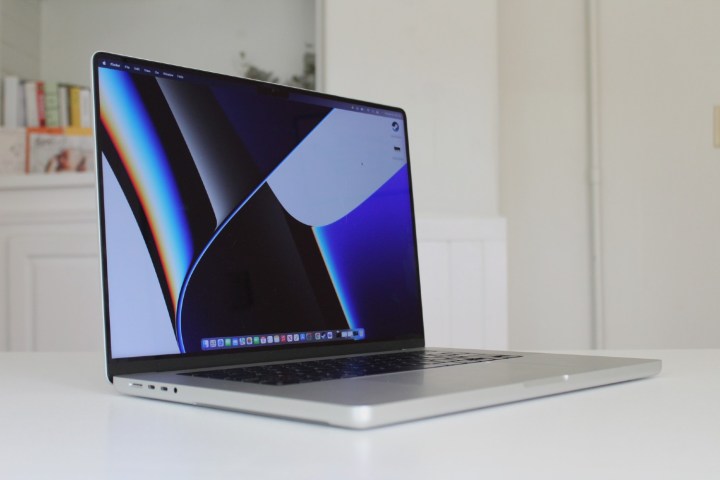Apple may start shipping MacBooks with OLED displays as early as 2024, according to a new report. The company is also rumored to be working on OLED panels for its iPad Pro lineup.
According to the report, the 2024 MacBook Air and iPad Pro will both feature a tandem-stacked display with variable refresh rates. This will increase brightness by 30% and lower power consumption, as well as make the screens last longer.

OLED laptops are becoming increasingly popular in Windows laptops, some even popping up with higher refresh rates.
The new info comes from Ross Young, a long-time display industry analyst and the CEO of Display Supply Chain Consultants. Young has a history of correctly predicting future display technologies from Apple, Samsung, and others thanks to his industry contacts and expertise.
Current MacBook Pro and iPad Pro models rely on mini-LED panels. These are comprised of thousands of tiny LEDs which mimic the look of OLED but cannot reach the same color depths. Although mini-LED is brighter than OLED, it draws much more power, and does not have the same accuracy.
On the other hand, OLED screens have a problem with burn-in and are more difficult to see in sunlight. They’re also more expensive to repair, which may be one reason Apple has stuck with mini-LED. If Young’s report is correct, this will represent a significant shift for Apple.
This isn’t the first time Apple was rumored to be working on OLED panels for the Mac. A report in 2021 from South Korean electronics watchdog The ELEC first stated Apple had begun talks with Samsung to produce MacBook-sized OLED panels. Then, in November 2021, The ELEC reported Apple was no longer working on OLED panels.
One route Apple could be taking is the development of micro-LED. Micro-LED screens consist of millions of individually powered LED cells. The results are highly accurate images and incredible power savings. Micro-LED also avoids screen burn-in issues. However, the technology is still new.
Apple would be able to design its own micro-LED screens rather than depend on Samsung, which currently produces the OLED panels for iPhones. Apple purchased micro-LED producer LuxVue in 2014 and is actively developing micro-LED technology, according to well-known Apple analyst Ming Chi Kuo.
In the meantime, Apple may be looking at OLED to fill in the gaps until micro-LED is ready to ship. We’ll need to wait until 2024 to learn if Young was correct.
Editors’ Recommendations




